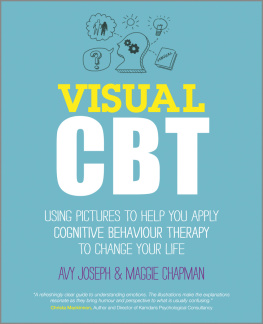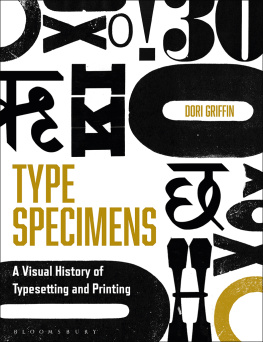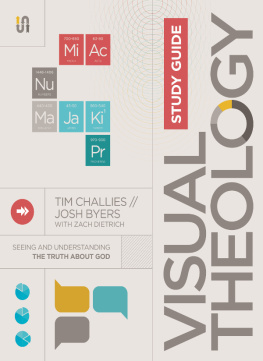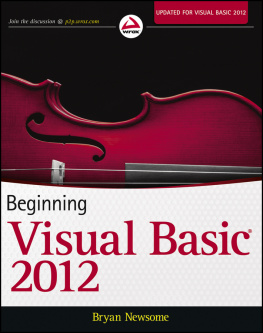Visual CBT this is a book which explains in a very accessible way how we all disturb ourselves emotionally and what we need to do to change.
I recommend it strongly as a self-help book, and for CBT therapists who may use it as a tool to help their clients too.
Dr David Baker PhD. MSc. BSc(Hons). DMS. PGClin Sup. C. Psychol., Clinical Director at Kent and Canterbury CBT Services, Chartered Psychologist, Consultant Psychotherapist, Chairman BABCP IPSIG, Chair AREBT
A refreshingly clear guide to understanding emotions. The illustrations make the explanations resonate as they bring humour and perspective to what is usually confusing.
The book enables readers not only to understand their thought processes and emotional responses, but also to work towards, and implement, desired changes. A great publication by two very eminent therapeutic professionals.
Christa Mackinnon, Psychologist, Family Counsellor and Hypnotherapist, visiting fellow at the Peninsula Medical School, University of Exeter, Director of the Kamdaris Psychological Consultancy, Author of Shamanism and Spirituality in Therapeutic Practice
These days there are literally thousands of self-help books on the market. Some excellent but many are sadly lacking. Even the Royal College of Psychiatrists is endorsing a series of self-help books in the pursuit of promoting mental health for the nation.
In my practice I commonly prescribe a book, but am always looking for a good quality self-help book that maintains the fine balance between thoroughness and accessibility, avoiding boring over-technicality leading to inapplicability. This can be a daunting task due to limited choice.
It is particularly with this in mind that Im excited with the release of Visual CBT . The illustrations and intuitive usage of GUI (Graphic User Interface)-type presentation style, makes complex cognitively behavioural strategies easily understandable and practical.
Joseph and Chapman, the authors, are two very experienced therapists with a deep understanding of how to cut to the chase in todays high-pressured psychological environment. I can easily recommend this as an adjunct to actual therapy, or as an initial stand-alone approach for any person who is looking for the first time or who has had a previous bad experience with overly technical CBT books in the past.
Dr Claude A. Botha, MBChB. MRCPsych., Clinical Research Fellow and Honorary Consultant Psychiatrist at the Wingate Institute of Neurogastroenterology, at the Blizard Institute Barts and the London School of Medicine and Dentistry, Queen Mary University of London
The general tendency is to think of CBT as a talking therapy. With this new book, Joseph and Chapman turn that on its head and use the power of imagery to instantly bring the links between thoughts, feelings, action tendencies and behaviours to life. The illustrations cleverly and succinctly capture the often subtle, but immensely critical, difference between unhelpful and adaptive responding.
With an emphasis on emotional responsibility woven throughout, the book adopts a refreshingly non-pathologising perspective to focus upon eight of the most commonly encountered unhealthy emotions.
The authors gently guide readers to develop an awareness of how CBT frameworks can help us to understand the connections that trigger and maintain problematic behaviours and how we can use that same framework to learn new, and healthier ways of responding. Suggestions are provided to inspire and equip readers to apply this understanding and make positive changes that can improve psychological health. The pithy takeaway tips at the end of each chapter aid this process.
Whether bought as a self-help book, read as part of a training course, or used by a therapist with their clients, Visual CBT makes a unique and valuable contribution to how we all strive to make sense of emotions and improve psychological well-being.
Dr Jody Warner-Rogers, Consultant Clinical Psychologist, Head of Psychology Services at Guys and St Thomass NHS Foundation Trust
This concise book is a fun and informative guide, providing a practical overview for those already working in psychological services. It clearly spells out all fundamentals and is a much-needed, accessible handbook for all medical practitioners and physical therapists alike, supporting their patients with psycho-social issues they are presented with in clinical practice on a daily basis.
Christien Bird MSc., Chartered Physiotherapist and Practice Owner of White Hart Multi-disciplinary Clinic
Cover design: Mackerel Ltd
This edition first published 2013
2013 Avy Joseph and Maggie Chapman
Registered office
Capstone Publishing Ltd. (A Wiley Company), John Wiley and Sons Ltd, The Atrium, Southern Gate, Chichester, West Sussex, PO19 8SQ, United Kingdom
For details of our global editorial offices, for customer services and for information about how to apply for permission to reuse the copyright material in this book please see our website at www.wiley.com .
The right of the authors to be identified as the authors of this work has been asserted in accordance with the Copyright, Designs and Patents Act 1988.
All rights reserved. No part of this publication may be reproduced, stored in a retrieval system, or transmitted, in any form or by any means, electronic, mechanical, photocopying, recording or otherwise, except as permitted by the UK Copyright, Designs and Patents Act 1988, without the prior permission of the publisher.
Wiley publishes in a variety of print and electronic formats and by print-on-demand. Some material included with standard print versions of this book may not be included in e-books or in print-on-demand. If this book refers to media such as a CD or DVD that is not included in the version you purchased, you may download this material at http://booksupport.wiley.com . For more information about Wiley products, visit www.wiley.com .
Designations used by companies to distinguish their products are often claimed as trademarks. All brand names and product names used in this book and on its cover are trade names, service marks, trademarks or registered trademarks of their respective owners. The publisher and the book are not associated with any product or vendor mentioned in this book. None of the companies referenced within the book have endorsed the book.
Limit of Liability/Disclaimer of Warranty: While the publisher and author have used their best efforts in preparing this book, they make no representations or warranties with respect to the accuracy or completeness of the contents of this book and specifically disclaim any implied warranties of merchantability or fitness for a particular purpose. It is sold on the understanding that the publisher is not engaged in rendering professional services and neither the publisher nor the author shall be liable for damages arising herefrom. If professional advice or other expert assistance is required, the services of a competent professional should be sought.










